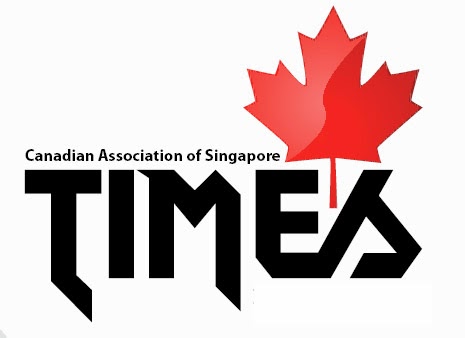We have come across many
common dental myths and misconceptions and we thought it may be helpful to
shine some light on these to reduce unnecessary anxiety towards your dental
visit – your dentists are actually your friend in need J
MYTH: There
is no need to clean/ brush milk teeth since they will fall out eventually
FACT: Although children’s milk teeth will eventually fall out, it is important that young children do not
develop tooth decay as the milk teeth are placeholders for permanent teeth. Besides being
important in the development of chewing and speech, they are also important for
appearance and holding space in the jaw (space maintenance) for the eventual
eruption of the permanent teeth.
MYTH : I’ll
need false teeth when I’m older
FACT: It is possible for a person
to still retain
most of their teeth when they are older. Dentures or other teeth replacement
are not an inevitable part of ageing, provided a person maintains good oral
care habits and visits the dentist twice a year. Being older does not mean you
will lose your teeth naturally.
We will drill away
other dental myths in the coming issues of the Maple Leaf Times. Free to contact us with your questions. To find
out more about other dental solutions or to make an appointment, visit www.specialistdentalgroup.com
****************
Specialist Dental
Group is a corporate sponsor of the Canadian Association of Singapore (CAS).
CAS members enjoy a special rate for dental services. For details, send an
enquiry via www.specialistdentalgroup.com or call 6733 7883







